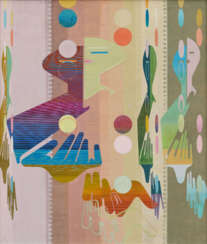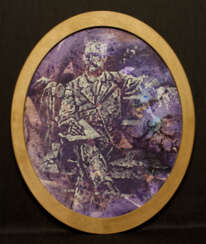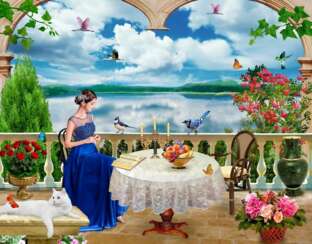5 Items by auctions and galleries:
prints classic modern
Lot 189 Johannes Molzahn. Juggling with the Stars V
Johannes Molzahn (1892 - 1965) 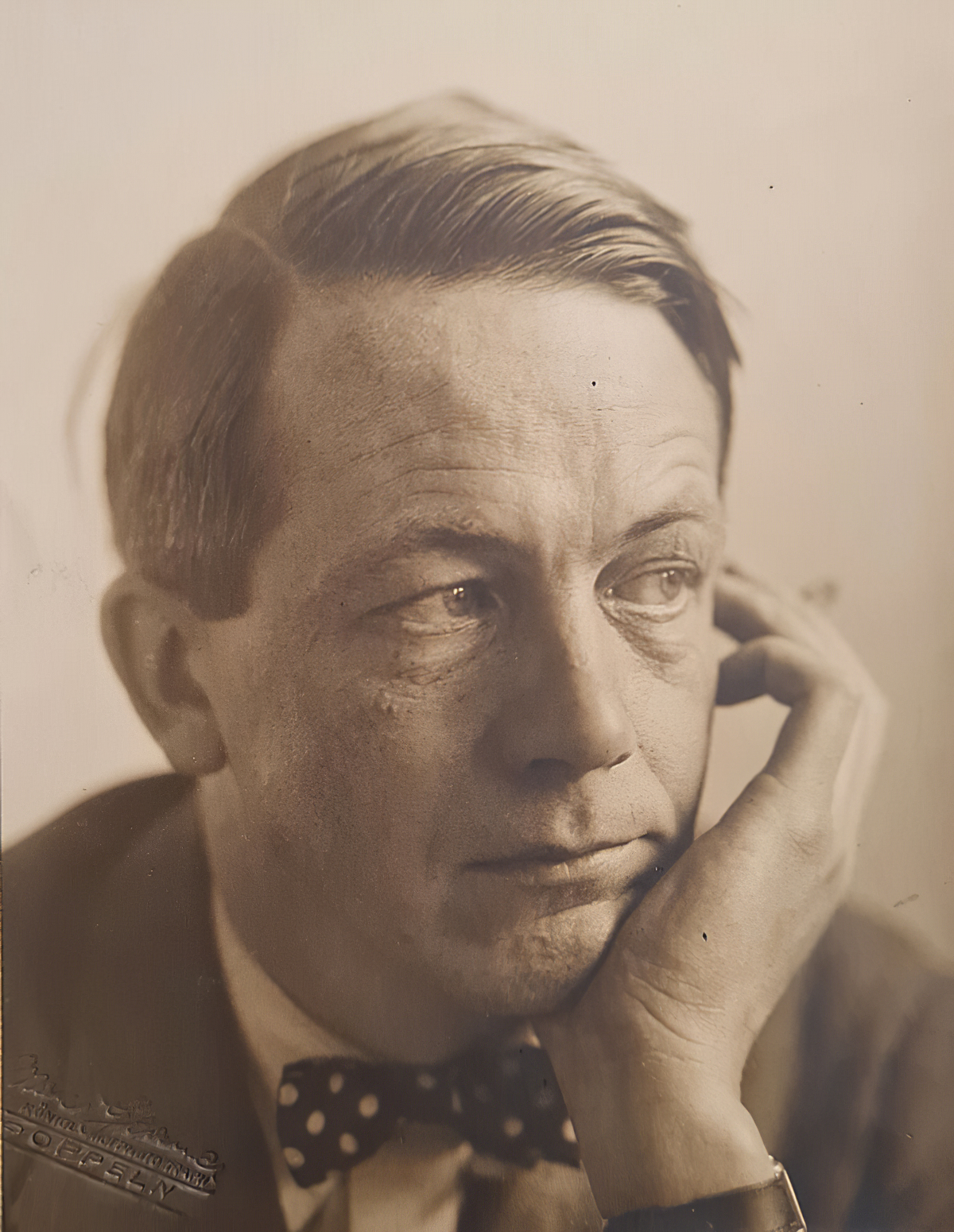 A541: Evening Sale
A541: Evening Sale 

Johannes Molzahn
21.05.1892 - 31.12.1965
Germany
Johannes Molzahn is a German painter and graphic artist.
He is also known as a photographer, worked as a graphic designer, illustrator, and teacher.

VAN HAM Kunstauktionen GmbH
A541: Evening Sale
Date: 03.12.2025 18:00 UTC +01:00
Number of lots in the catalog: 519
Lot 148 Hans Purrmann. Sitzender Akt, nach links
Hans Purrman (1880 - 1966) 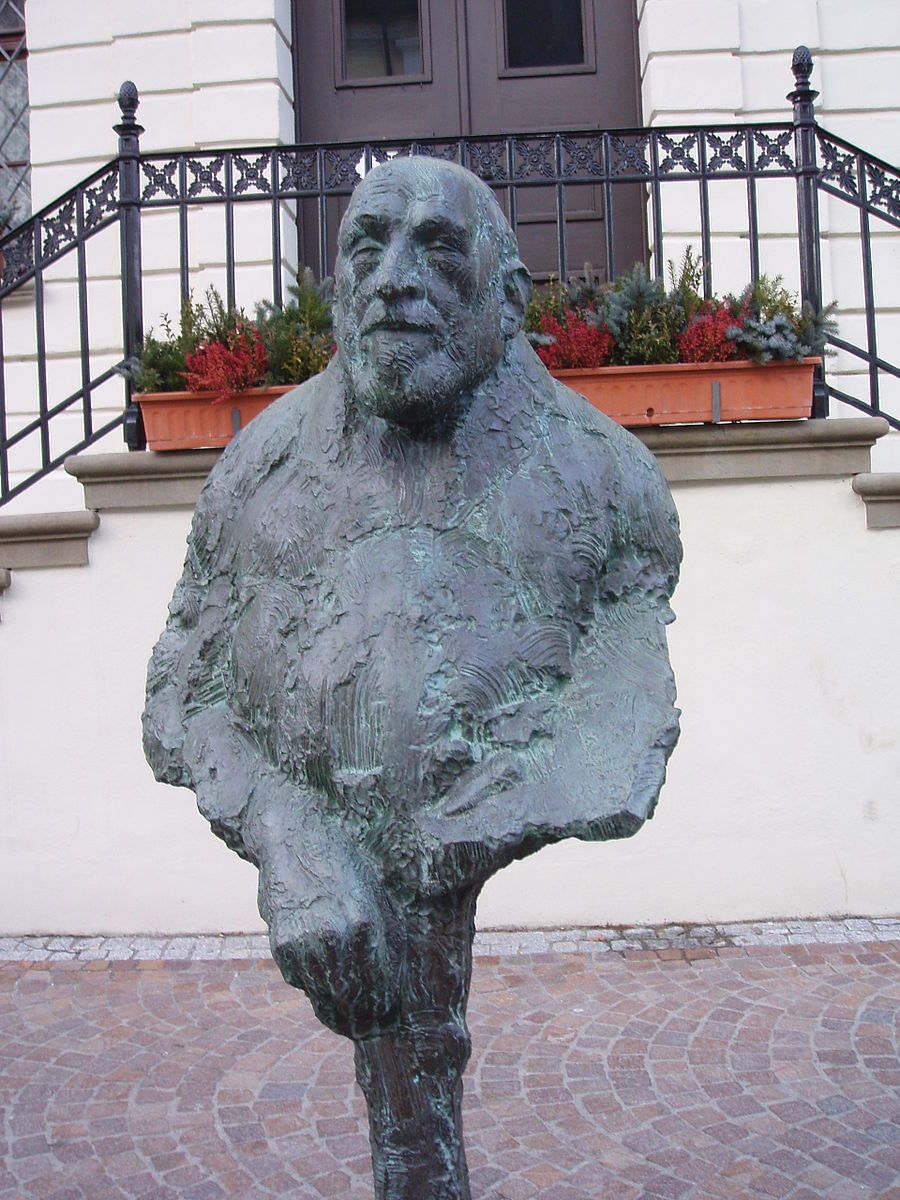 A541: Evening Sale
A541: Evening Sale 

Hans Purrman
10.04.1880 - 17.04.1966
Germany, Switzerland
Hans Marsilius Purrmann was a German artist.
He completed an apprenticeship as a scene painter and interior decorator, and subsequently studied in Karlsruhe and Munich before going to Paris in 1906. It was here he became a student and later a friend of Henri Matisse whom he set up a painting school with.

VAN HAM Kunstauktionen GmbH
A541: Evening Sale
Date: 03.12.2025 18:00 UTC +01:00
Number of lots in the catalog: 519
MYKOLA LYSENKO
Yurii Yermolenko (b. 1973) 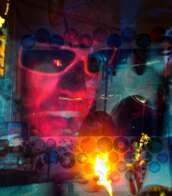 Shop Yermolenko Yurii
Shop Yermolenko Yurii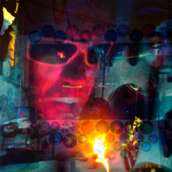

Yurii Yermolenko
02.10.1973
Ukraine
Yury Ermolenko – A Master of Fine Arts (MFA)
Born in 1973 Kiev (Ukraine) Lives and works in Kiev.
Education:
1980 – 1992 – T. Shevchenko Republican art school, Kiev, Ukraine
1992 – 1998 – National Academy of Fine Art and Architecture (NAFAA), Kiev, Ukraine
1998 – 2001 – Post-graduate education ( M.A.degree ), NAFAA, Kiev, Ukraine
2003 – Got a scholarship of Ministry of Culture of Poland ”GOUDE POLONIA”, Krakow, Poland
Main exhibitions:
2018 - "Garden of Wandering Geniuses" project, (Х.Л.А.М.), Kyiv, Ukraine.
2017 – 2018 – “MY FAVOURITE DOLLS” project, Tauvers Gallery international, Kiev, Ukraine
2017 – 2018 – “Flea Psychedelic Market” project, (Х.Л.А.М.), Kyiv, Ukraine
2016 – 2017 – In “Search of Dark Energy”, Vysehrad, Prague, Czech Republic; Hofburg Palace, Vienna, Austria.
2014 – 2015 – “Mу Favorite Dolls”, “Brothers in Arms”
2013 – “Facevinyl”
2013 – “Ukrainian Psychedel”, “Suitcases the Classics”
2013 – “Magical Garden”
2013 – “May be always be my mother, may there always be me”
2012 – “Conversion”
2012 – “Immigration to Cuba”
2011 – “Sings of Cuba”
2011 – “Ladies I didn`t get along with”
2010 – “Metaphysical Landscape of Zaporizhia”
2010 – “Metaphysical Landscape of Kaniv”
2010 – “A hedgehog jazz f**k”
2009 – “Eternal Values”
2009 – “Peruvian Toys”
2008 – “Death of Brands”
2007 – “Pink”
2007 – “Lolita’s on the Arena”
2007 – “Silicon”
2006 – “Paradise”
2006 – “Flea Market”
2005 – "Alice new!"
2005 – “Entomology of Souls”
2004 – "13. ICONOSTASIS"
2004 – “Hunting”
2003 – “KANIV – RAPAN”
2003 – “Baltic – Hel”
THE PROJECTS IN THE ART GROUP "TERRACES":
2002 – “Flash
2001 – “Indigo-Purring Cort”
2000 – “New York City”
2000 – “Flash”
1999 – “So good!”
1998 – “Shout on Plateaus”
1997 – “Dances on Colored Rope”
1997 – “Lighting Art and Painting Art”

Artist shop
Yermolenko Yurii
Ukraine
Number of products: 90
Пейзаж с морем, цветами и девушкой
Radiy Sivak (b. 1965)  Shop Sivak Radiy
Shop Sivak Radiy

Radiy Sivak
01.01.1965
Ukraine
Каждый день, когда ночь накрывает планету и она замедляет свой бег, когда в глубине космоса рождаются новые звёзды, затихает шум городов и засыпают сверчки, а свежий воздух льётся над полями - я начинаю улавливать вибрацию космоса. И начинается магия. Голос свыше зовёт и приглашает в фантастическое путешествие в яркий мир, залитый светом, любовью и радостью. Подчиняясь призыву, я преодолеваю пространство и время, посещая другие планеты или отправляясь в прошлое нашей Земли. Моё сознание отправлется туда, где я не был никогда и нет границ фантазиям. Что это? Сон или явь? Или сон наяву?
В сиреневом тумане как будто я лечу, и передо мной встают волшебные миры с фантастическими видениями. Всё это настолько явно, что запоминается каждая маленькая деталь, кажда росинка на траве и каждый луч света, играющий в цветах. Это настощее чудо, приятное как чистая горная вода и Магия каждого дня. И эти приливы радостных желаний к творчеству повторяются постоянно.
Отображая этот мир в своих картинах, я хочу передать тебе салют своих безумных ярких чувств, чтобы ты поверил в добрую магию так же сильно, как и я.

Artist shop
Sivak Radiy
Ukraine
Number of products: 10
Морская фантазия
Radiy Sivak (b. 1965)  Shop Sivak Radiy
Shop Sivak Radiy

Radiy Sivak
01.01.1965
Ukraine
Каждый день, когда ночь накрывает планету и она замедляет свой бег, когда в глубине космоса рождаются новые звёзды, затихает шум городов и засыпают сверчки, а свежий воздух льётся над полями - я начинаю улавливать вибрацию космоса. И начинается магия. Голос свыше зовёт и приглашает в фантастическое путешествие в яркий мир, залитый светом, любовью и радостью. Подчиняясь призыву, я преодолеваю пространство и время, посещая другие планеты или отправляясь в прошлое нашей Земли. Моё сознание отправлется туда, где я не был никогда и нет границ фантазиям. Что это? Сон или явь? Или сон наяву?
В сиреневом тумане как будто я лечу, и передо мной встают волшебные миры с фантастическими видениями. Всё это настолько явно, что запоминается каждая маленькая деталь, кажда росинка на траве и каждый луч света, играющий в цветах. Это настощее чудо, приятное как чистая горная вода и Магия каждого дня. И эти приливы радостных желаний к творчеству повторяются постоянно.
Отображая этот мир в своих картинах, я хочу передать тебе салют своих безумных ярких чувств, чтобы ты поверил в добрую магию так же сильно, как и я.

Artist shop
Sivak Radiy
Ukraine
Number of products: 10
